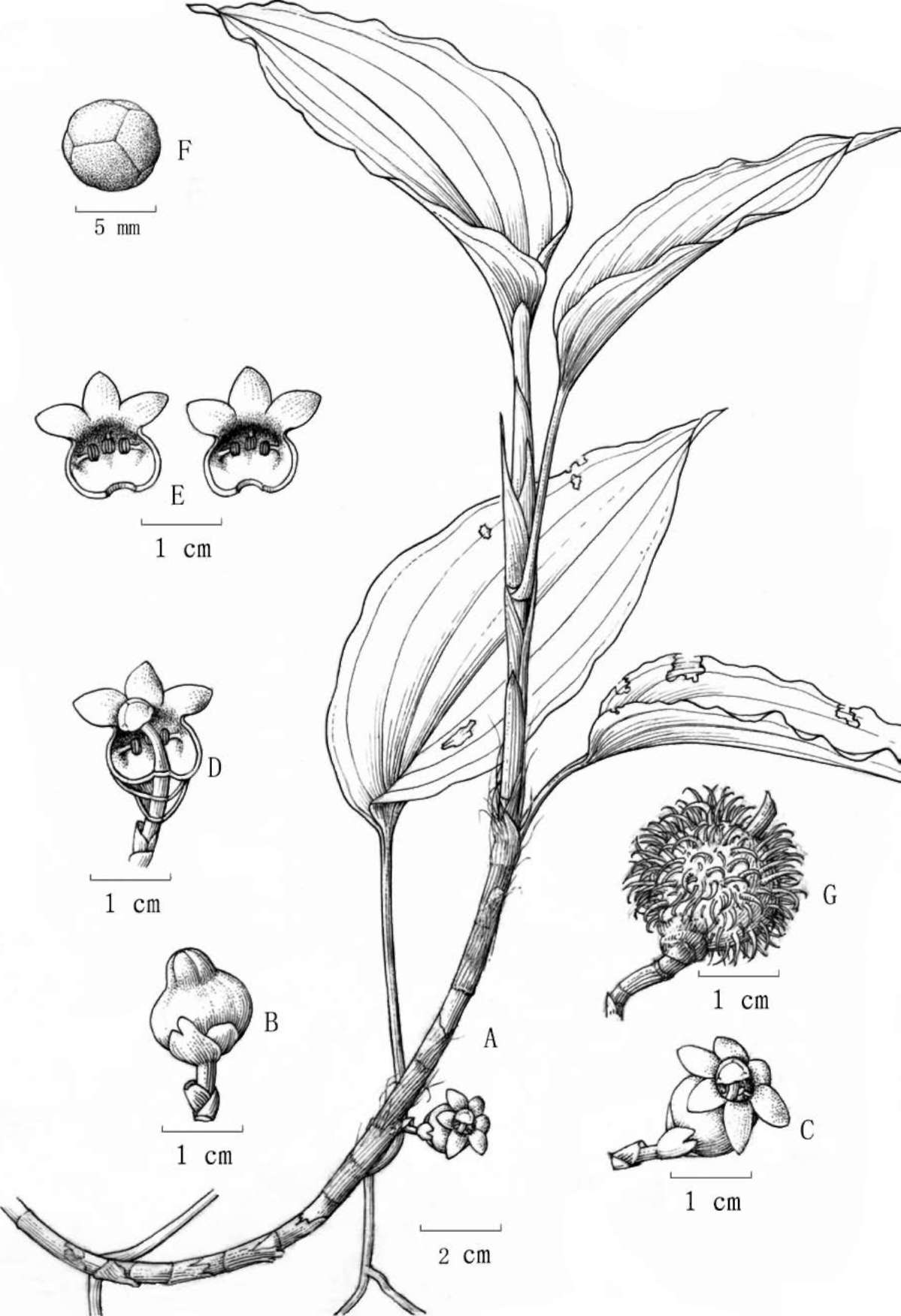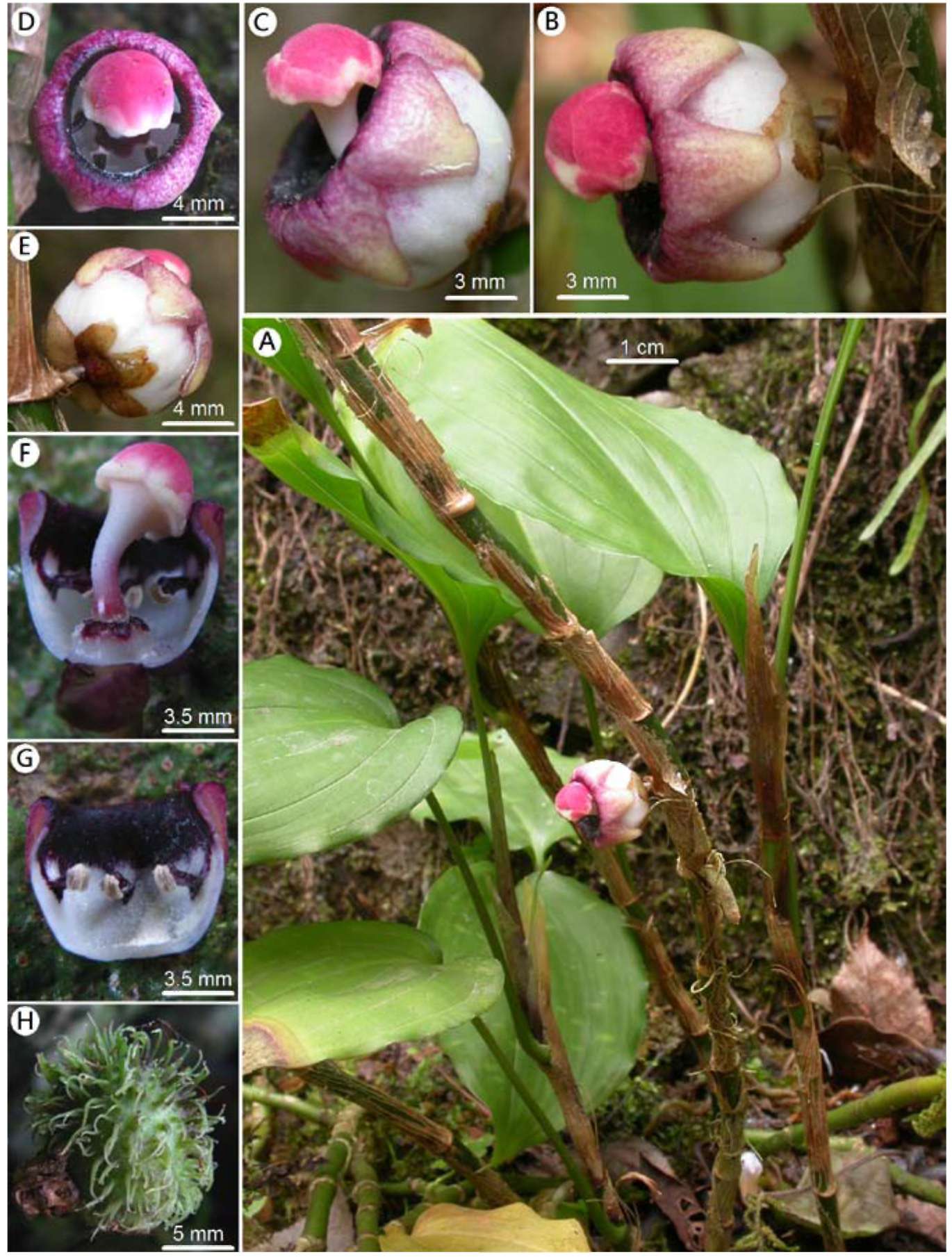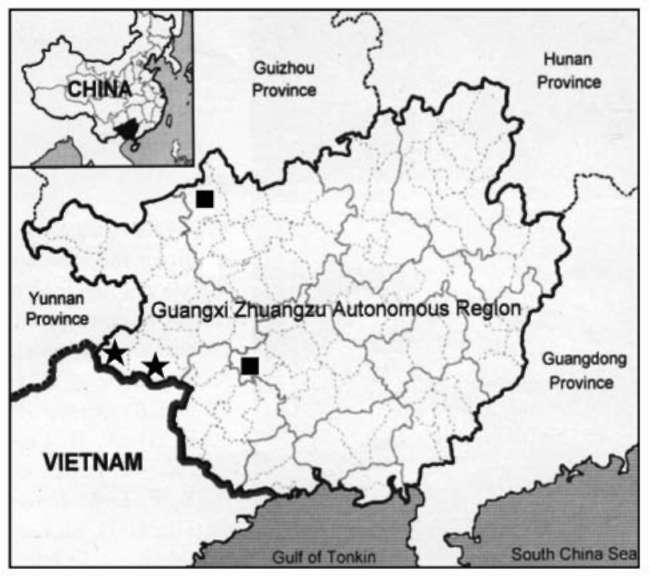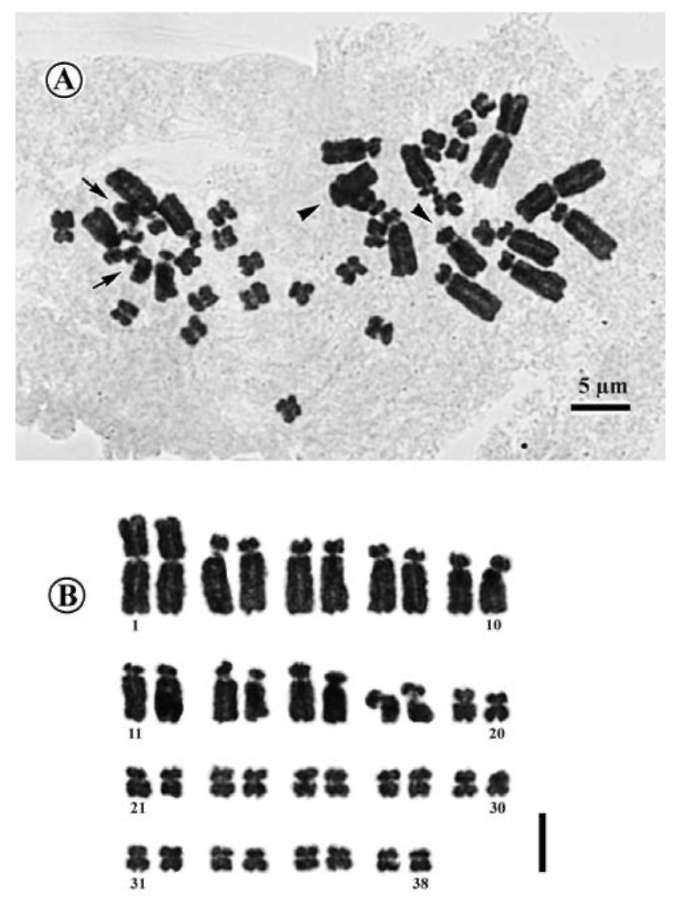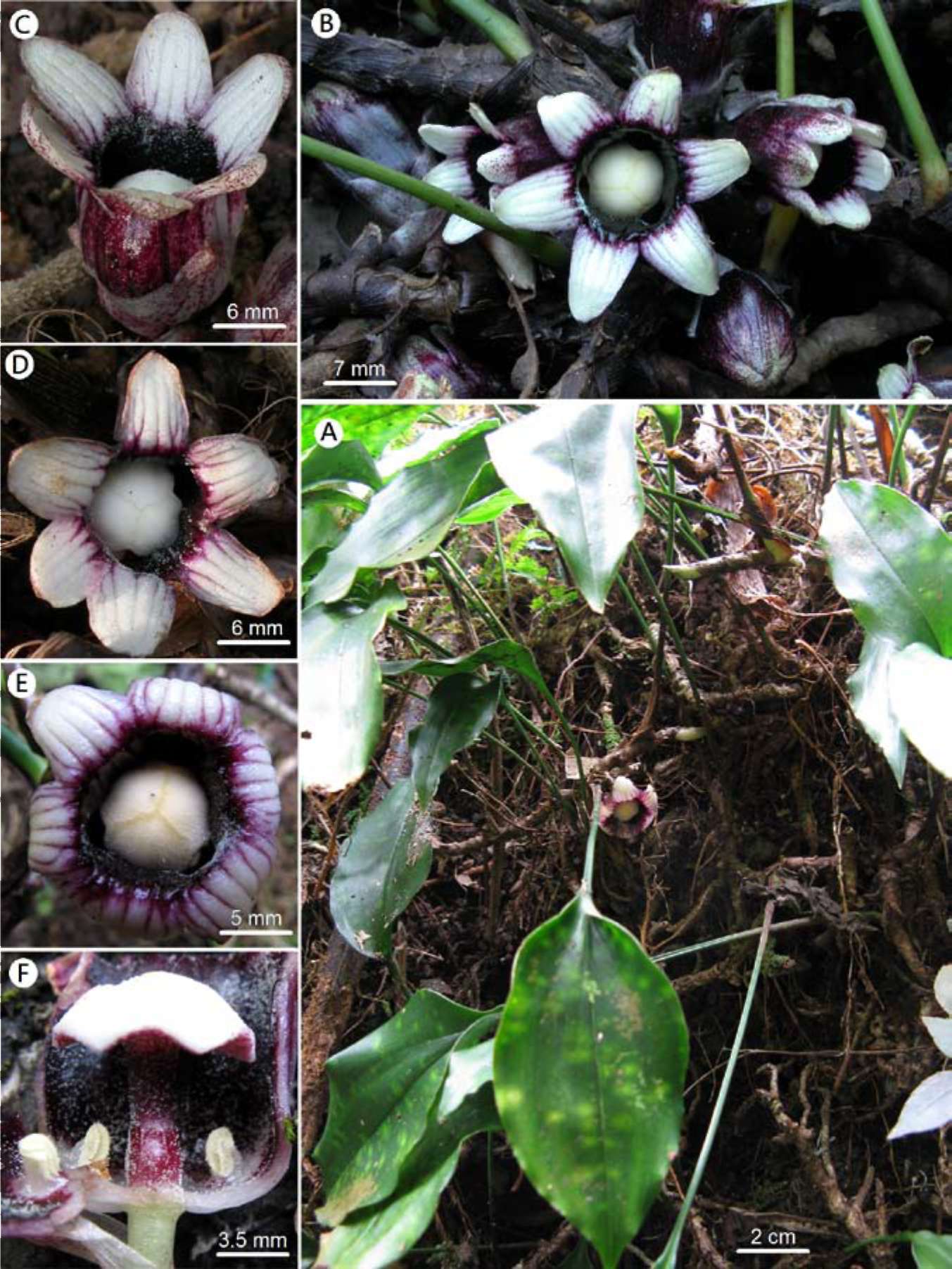Bogner, J. and N. Arnautov. 2004. Aspidistra locii (Convallari-aceae), an unusual new species from Vietnam. Willdenowia 34: 203-208.
Hou, M.F., Y Liu, Y. Kono, and C.-I Peng. 2009. Aspidistra dax-inensis (Ruscaceae), a new species from limestone areas in Guangxi, China. Bot. Stud. 50: 371-378.
Huang, J.L., L.M. Ma and D.Y. Hong. 1997. Cytotaxonomic studies on the genus Aspidistra II. Acta Phytotax. Sin. 35:14-23.
Lang, K.Y., G.Z. Li, Y. Liu, Y.G. Wei, and R.X. Wang. 1999.
Taxonomic and phytogeographic studies on the genus Aspidistra Ker-Gawl. (Liliaceae) in China. Acta Phytotax. Sin. 37: 468-508.
Levan, A., K. Fredga, and A.A. Sandberg. 1964. Nomenclature for centromeric position on chromosomes. Hereditas 52:
201-220.
Li, G.Z. (ed.) 2004. The Genus Aspidistra. Guangxi Science & Technology Publishing House. Nanning.
Lin, C.R., C.-I Peng, Y. Kono, and Y. Liu, 2010. Aspidistra
obconica, Asparagaceae [Ruscaceae], a new species from limestone areas in Guangxi, China. Bot. Stud. 51: 263-268.
Lin, C.R. and Y. Liu, 2011. Aspidistra punctatoides sp. nov. (Ruscaceae) from limestone areas in Guangxi, China. Nord. J. Bot. 29: 189-193.
Qiao, Q., C.Q. Zhang, Y.P. Ma, and W. Tian. 2008.
Karyotype asymmetry of Aspidistra (Convallarieae, Ruscaceae). Acta
Bot. Yunnan. 30: 565-569.
Tillich, H.J. 2005. A key for Aspidistra (Ruscaceae), including fifteen new species from Vietnam. Feddes Repert. 116: 313338.
Tillich, H.J. 2008. An updated and improved determination key for Aspidistra Ker-Gawl. (Ruscaceae, Monocotyledons). Feddes Repert. 119: 449-462.
Tillich, H.J. and L.V. Averyanov. 2008. Two new species and one new subspecies of Aspidistra Ker-Gawl. (Ruscaceae) from Vietnam. Feddes Repert. 119: S. 37-41.
Wan, Y. 1984. New species of Liliaceae from Guangxi. Bull. Bot. Res. 4: 165-171.
Wang, R.X., G.Z. Li, K.Y. Lang, and Y.G. Wei. 2001.
Karyo- types of eight species of the genus Aspidistra from China. Acta Phytotax. Sin. 39: 51-64.
Wang, R.X., G.Z. Li, K.Y. Lang, Y.G. Wei, and Y. Liu. 2000.
Cytotaxonomy of the genus Aspidistra from China. Guihaia
20: 138-143.
Xu, W.B., Y.S. Huang, X.X. Ye, and Y. Liu. 2010.
Aspidistra connata H. J. Tillich, a newly recorded species of Aspidistra (Ruscaceae) from China. Guihaia 30: 613-615.
Yamashita, J. and M.N. Tamura. 2004. Phylogenetic analyses and chromosome evolution in Convallarieae (Ruscaceae sensu lato), with some taxonomic treatments. J. Plant Res. 117: 363-370.
